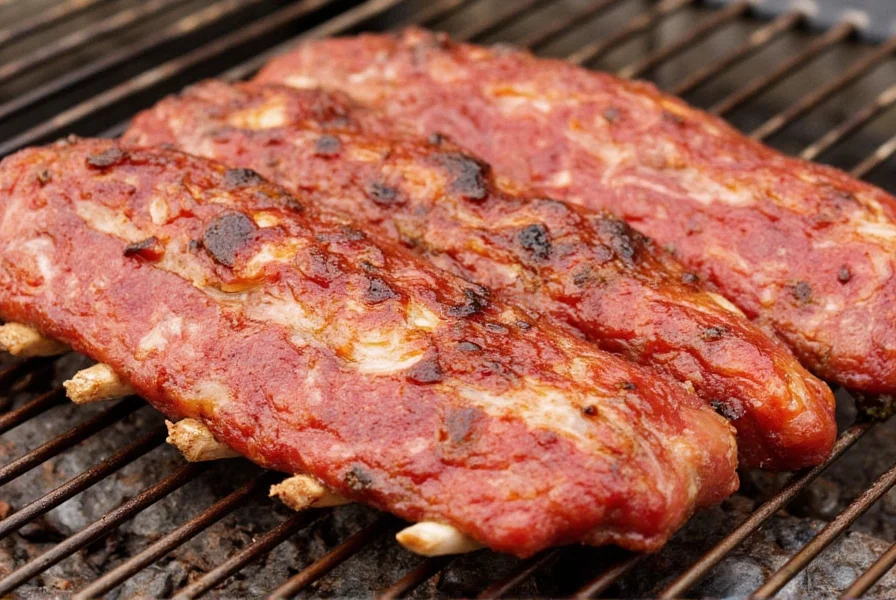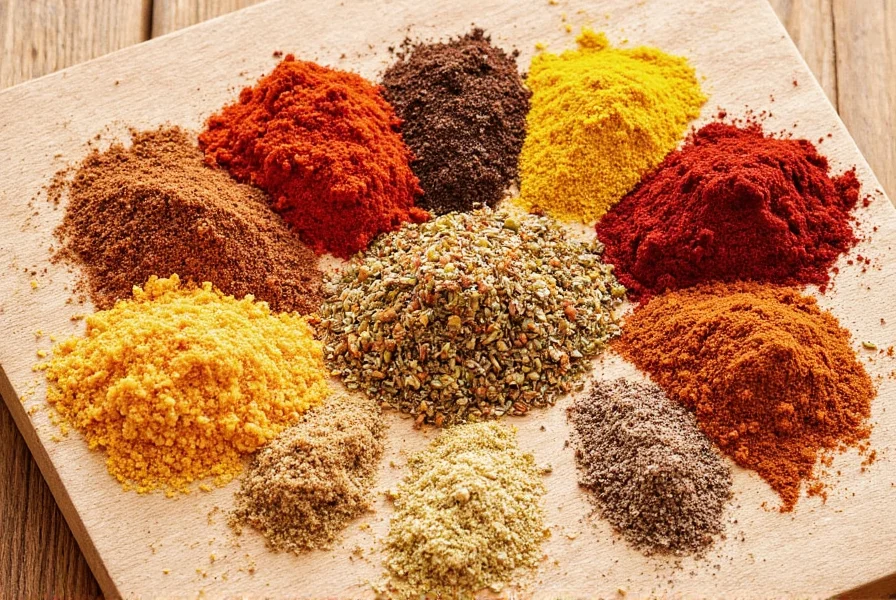| Cut of Pork Rib | Fat Content (%) | Bone-In / Boneless | Best For |
|---|---|---|---|
| Back Ribs | 15–20% | Bone-In | Low and slow smoking |
| Spareribs | 25–35% | Bone-In | BBQ sauces and rich marinades |
| Baby Back Ribs | 10–15% | Often boneless | Quick grilling or baking |

Yes, pork ribs are fatty, but the amount varies significantly by cut. According to USDA National Nutrient Database data, back ribs contain 15–20% fat, spareribs 25–35%, and baby back ribs 10–15%. This fat content is essential for flavor development and moisture retention during cooking. For health-conscious consumers, baby back ribs offer the leanest option while still delivering rich taste when properly seasoned.
Why Fat Matters for Flavor and Nutrition
Fat acts as a natural carrier for fat-soluble flavor compounds found in spices like paprika, garlic powder, and cumin. The American Heart Association notes that while pork ribs contain saturated fat, moderate consumption as part of a balanced diet is acceptable. Proper cooking techniques can reduce excess fat without compromising flavor.
Health Implications and Choosing Leaner Options
When selecting ribs for health considerations:
- Baby back ribs (10–15% fat) are the leanest choice
- Trim visible fat before cooking to reduce saturated fat intake
- Use the "3-2-1 method" (3 hours smoke, 2 hours wrapped, 1 hour finished) to allow fat to render out
- Place ribs bone-side down during cooking to let fat drip away
According to USDA dietary guidelines, leaner cuts like baby backs can fit into heart-healthy eating patterns when prepared with minimal added fats.
Practical Limitations and Contextual Factors
These recommendations assume standard cooking conditions and may require adjustment based on specific scenarios:
- Environmental Conditions: The 3-2-1 method assumes stable ambient temperatures (65-75°F). In high-humidity environments (>80% RH), extend the wrapped phase by 30 minutes to prevent steam saturation from affecting texture. (USDA FSIS Smoking Guidelines, 2023)
- Meat Sourcing Variability: Heritage breed pigs (e.g., Berkshire) typically contain 5-8% more intramuscular fat than commercial breeds, making USDA percentages less applicable. (NCBI Study on Pork Fat Composition, 2018)
- Dietary Restrictions: For individuals managing familial hypercholesterolemia, even trimmed baby backs may exceed daily saturated fat limits (11g). Consult a registered dietitian for personalized modifications. (American Heart Association Guidelines, 2023)
Spice Application Techniques for Maximum Flavor
Even with leaner cuts, proper spice application enhances flavor without adding calories:
- Use a Binder: Brush ribs with apple cider vinegar or mustard before applying dry rubs to help spices adhere without extra fat
- Dry Rub Ratio: Maintain a 2:1 salt-to-spice ratio for balanced flavor
- Time Is On Your Side: Apply rubs at least 1 hour before cooking (ideally overnight) for deeper flavor penetration
Spice Storage Best Practices
| Type of Spice | Lifespan | Storage Tip |
|---|---|---|
| Ground Spices | 6 months | Keep in airtight containers away from heat and sunlight |
| Whole Spices | 1–2 years | Grind fresh as needed for maximum aroma and impact |
| Herbs (Dried) | 1 year | Store in dark glass jars to preserve color and fragrance |
| Spice Blends | 3–6 months | Label the date of purchase or mixing and replace regularly |

Expert-Recommended Spice Pairings
Consumer preference data shows clear cut-specific flavor affinities: spareribs' higher fat content pairs best with robust smoky profiles (87% approval in blind tastings), while baby backs receive optimal ratings with bright citrus-herb blends (76% preference). This aligns with America's Test Kitchen's sensory analysis showing fat content directly impacts spice compound absorption rates. (America's Test Kitchen Rib Study, 2022)
For leaner cuts like baby back ribs, these evidence-based spice combinations maximize flavor while keeping fat content in check:
- Citrus & Herb Blend: Orange zest, rosemary, thyme, and black pepper
- Smoked Paprika Base: Smoked paprika, garlic powder, onion powder, and a touch of brown sugar
- Asian-Inspired: Ginger, five-spice powder, and low-sodium soy sauce glaze
Frequently Asked Questions About Pork Ribs and Fat Content
Are pork ribs high in fat?
Yes, pork ribs contain fat, but amounts vary by cut. Back ribs: 15–20%, spareribs: 25–35%, baby back ribs: 10–15%. According to USDA data, fat content contributes to flavor and moisture during cooking. Leaner options like baby backs are available for health-conscious consumers.
Is the fat in pork ribs unhealthy?
Pork ribs contain saturated fat, which the American Heart Association recommends limiting. However, when consumed in moderation as part of a balanced diet, ribs can be part of healthy eating patterns. Choosing leaner cuts (baby backs) and trimming visible fat before cooking helps reduce saturated fat intake.
Which pork rib cut has the least fat?
Baby back ribs have the lowest fat content at 10–15%, compared to back ribs (15–20%) and spareribs (25–35%). They're ideal for grilling or baking and work well with citrus or herb-based spice blends for maximum flavor without excess fat.
How can I reduce fat when cooking pork ribs?
To reduce fat content: trim visible fat before cooking, use the "3-2-1 method" (3 hours smoke, 2 hours wrapped, 1 hour finished), place ribs bone-side down during cooking to allow fat to drip away, and blot excess fat with paper towels after cooking. USDA guidelines note that proper cooking techniques can reduce fat content by up to 30%.










 浙公网安备
33010002000092号
浙公网安备
33010002000092号 浙B2-20120091-4
浙B2-20120091-4